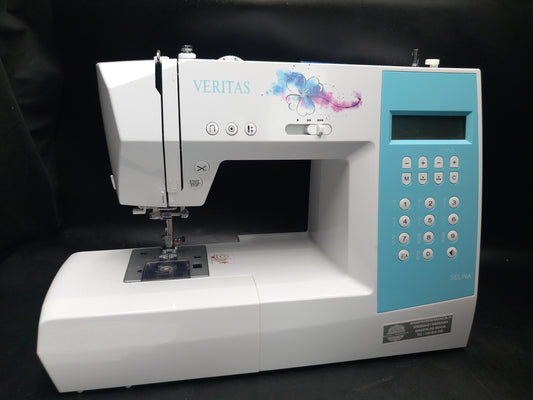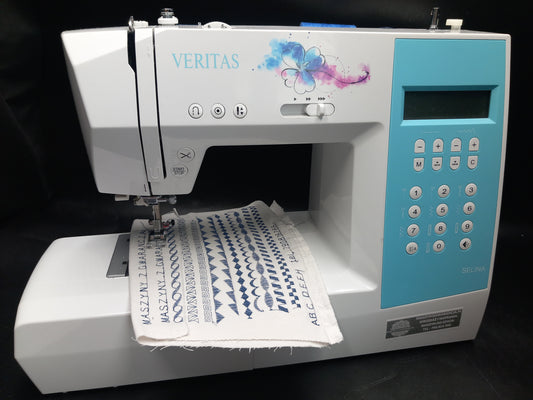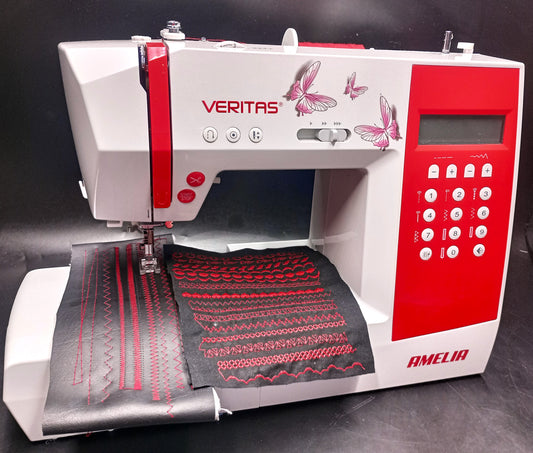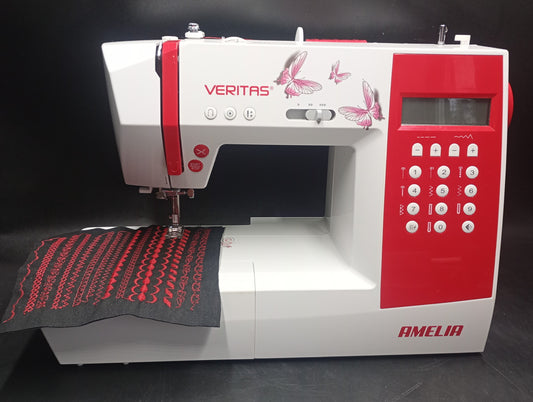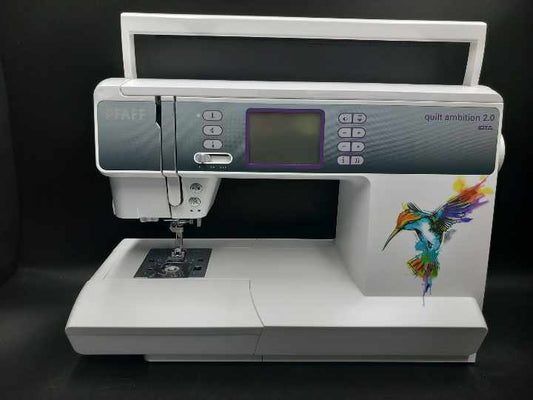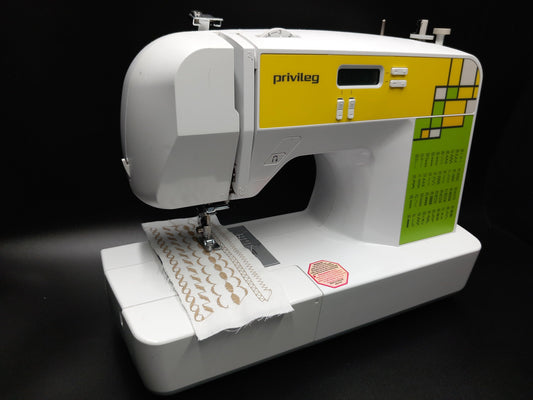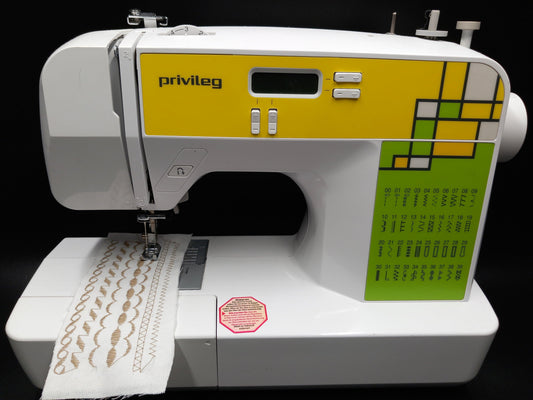-
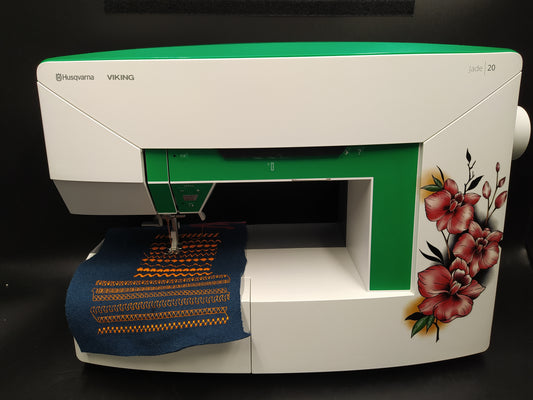
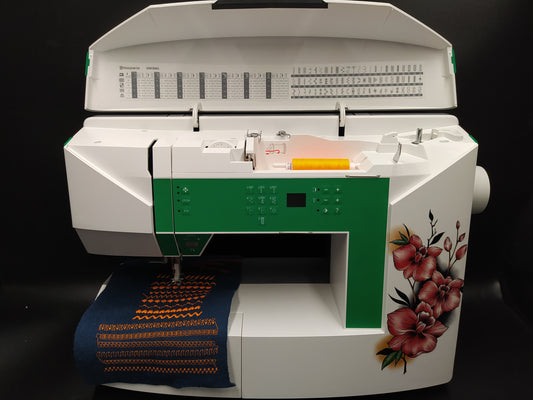 Sale
SaleHUSQVARNA JADE
Regular price 2.500,00 złRegular priceUnit price per2.750,00 złSale price 2.500,00 złSale -
VERITAS SELINA
Regular price 1.450,00 złRegular priceUnit price per -
VERITAS AMELIA
Regular price 1.100,00 złRegular priceUnit price per -
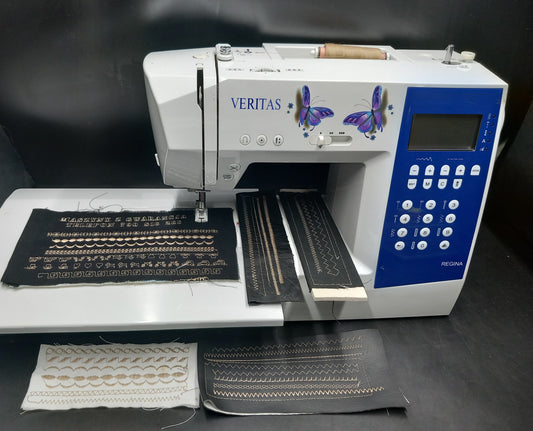
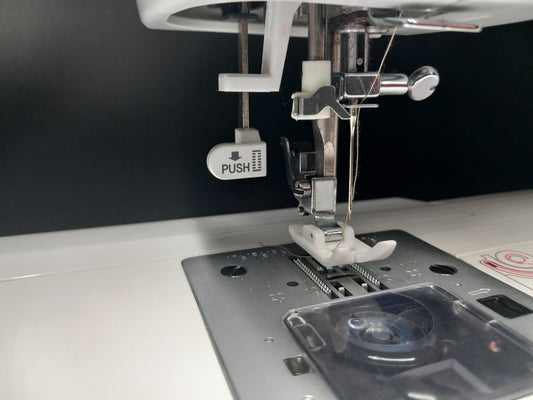 Sold out
Sold outVERITAS REGINA
Regular price 1.750,00 złRegular priceUnit price per2.350,00 złSale price 1.750,00 złSold out -

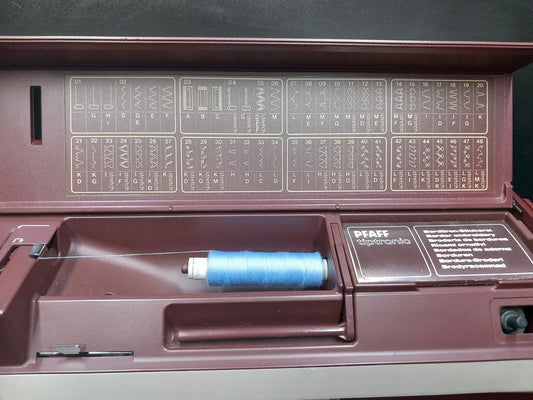 Sold out
Sold outTIPTRONIC 1069
Regular price 1.200,00 złRegular priceUnit price per1.900,00 złSale price 1.200,00 złSold out -
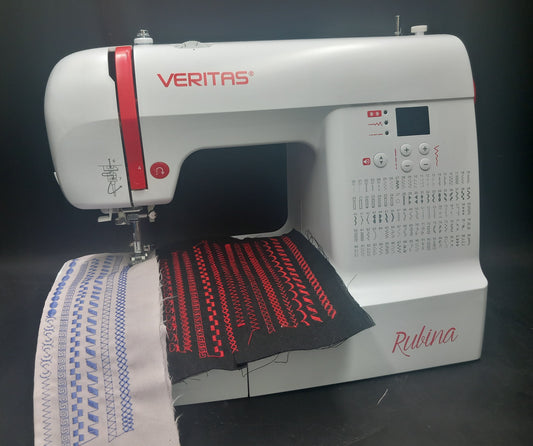
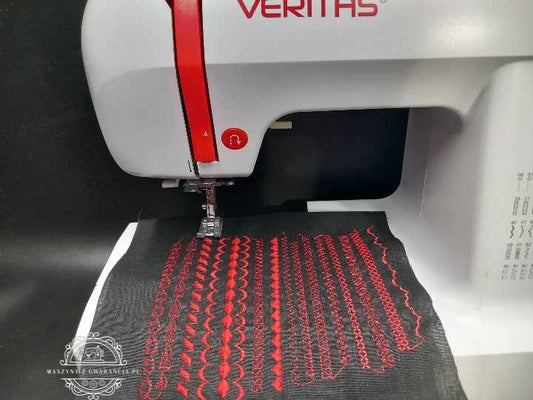 Sale
SaleVERITAS RUBINA
Regular price 850,00 złRegular priceUnit price per1.300,00 złSale price 850,00 złSale -

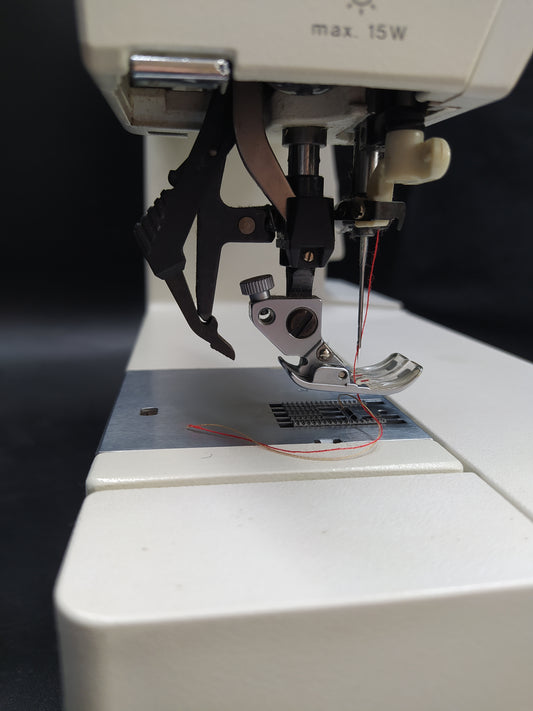 Sale
SalePFAFF CREATIVE ETC
Regular price 1.950,00 złRegular priceUnit price per2.250,00 złSale price 1.950,00 złSale -

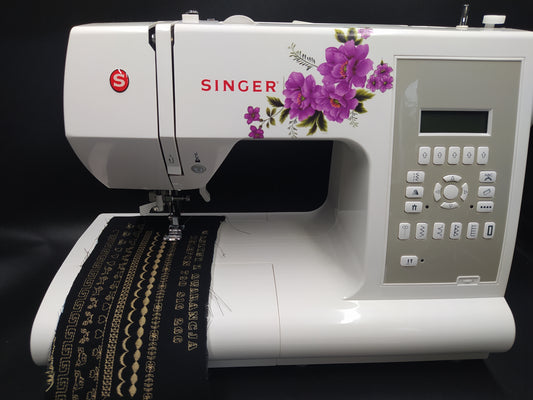 Sale
SaleSINGER 7470
Regular price 1.200,00 złRegular priceUnit price per1.450,00 złSale price 1.200,00 złSale -
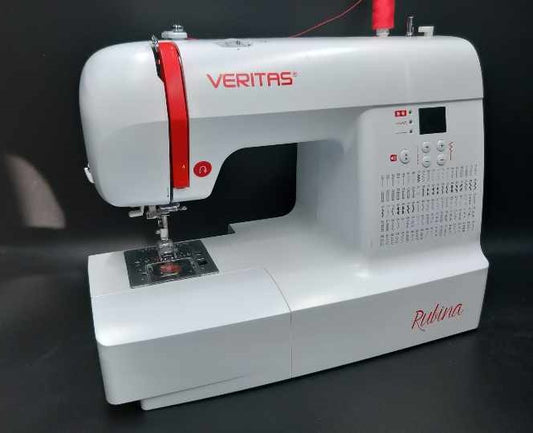
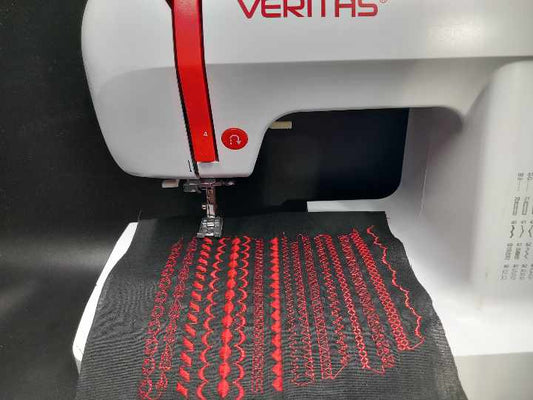 Sale
SaleRUBINA'S VERITAS
Regular price 850,00 złRegular priceUnit price per1.000,00 złSale price 850,00 złSale -
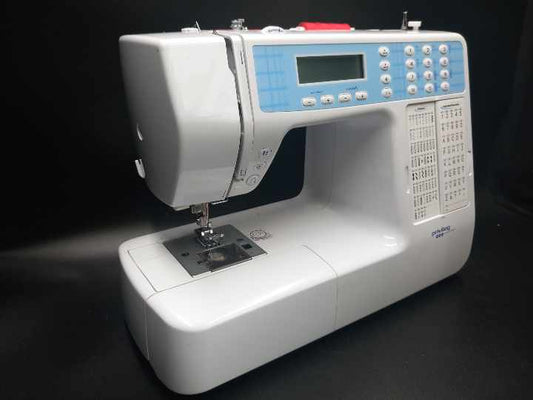
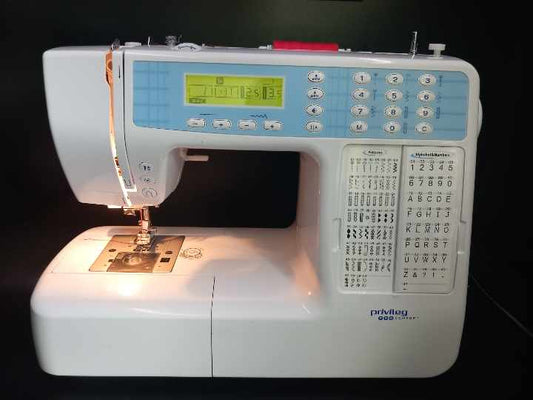 Sale
SalePRIVILEG PRO COMFORT
Regular price 1.100,00 złRegular priceUnit price per1.350,00 złSale price 1.100,00 złSale -
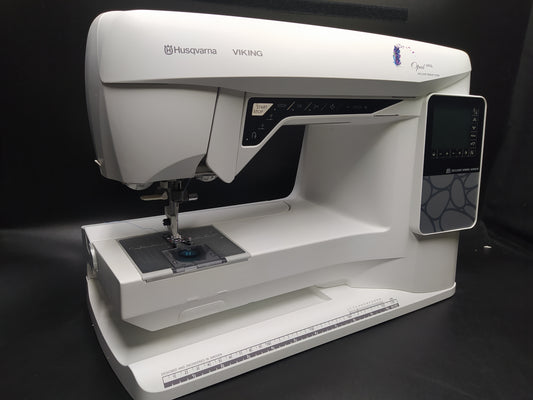
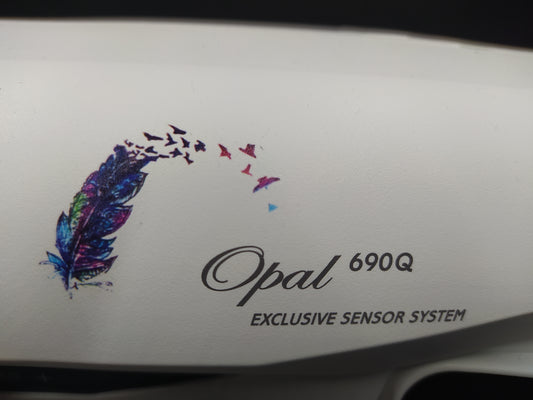 Sale
SaleHUSQVARNA OPAL 690 Q
Regular price 3.150,00 złRegular priceUnit price per3.450,00 złSale price 3.150,00 złSale -
PFAFF AMBITION QULIT ETC
Regular price 3.150,00 złRegular priceUnit price per3.450,00 złSale price 3.150,00 złSale -

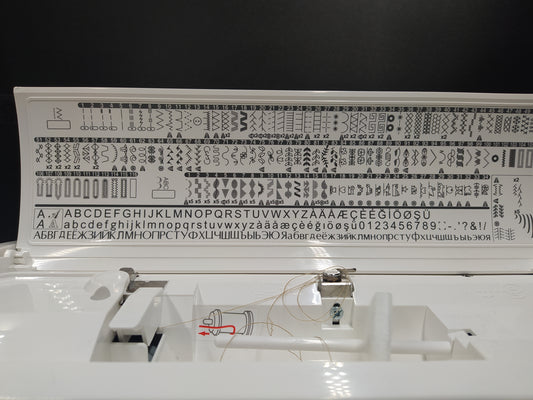 Sale
SaleSINGER QUANTUM
Regular price 2.200,00 złRegular priceUnit price per2.700,00 złSale price 2.200,00 złSale -

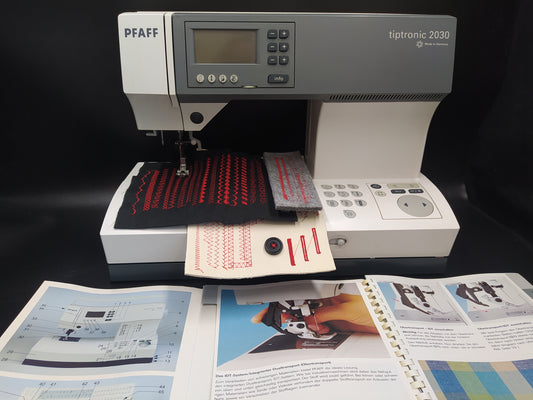 Sale
SalePFAFF TIPTRONIC
Regular price 1.950,00 złRegular priceUnit price per2.500,00 złSale price 1.950,00 złSale -
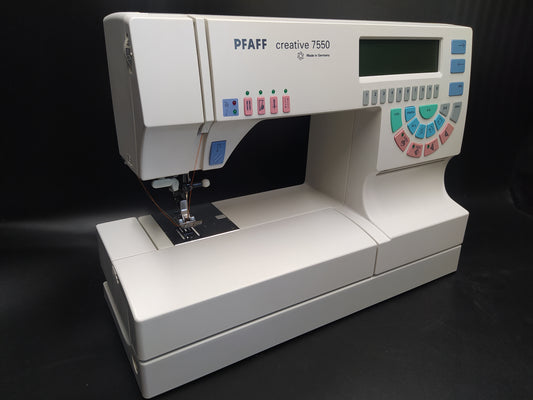
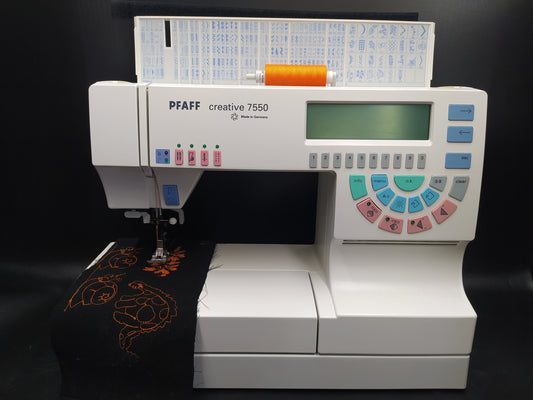 Sale
SalePFAFF 7550
Regular price 2.500,00 złRegular priceUnit price per3.000,00 złSale price 2.500,00 złSale -
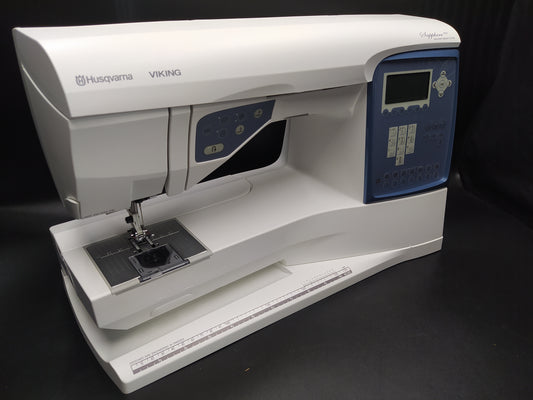
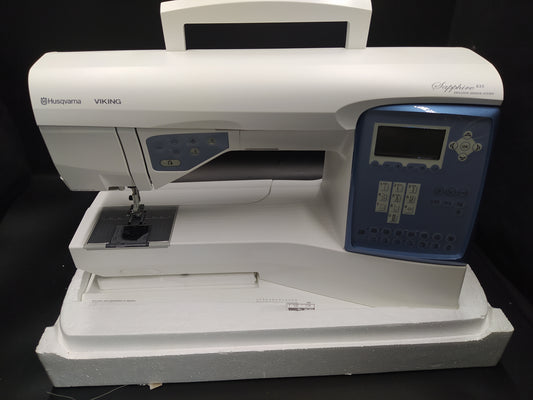 Sale
SaleHUSQVARNA SAPPHIRE
Regular price 3.150,00 złRegular priceUnit price per3.450,00 złSale price 3.150,00 złSale -
CARINA PROFESSIONAL 2
Regular price 1.000,00 złRegular priceUnit price per1.250,00 złSale price 1.000,00 złSale -
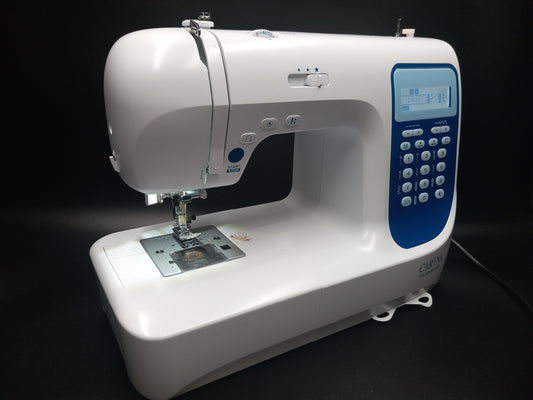
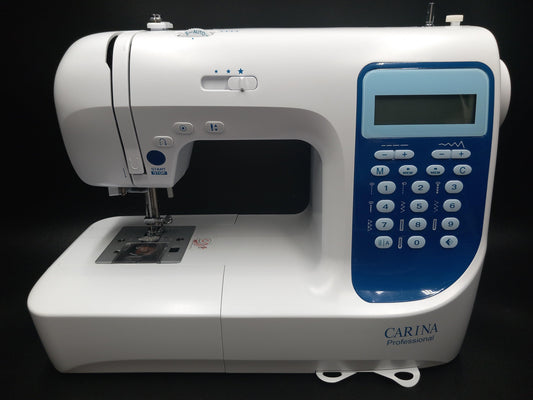 Sale
SaleCARINA PROFESSIONAL
Regular price 850,00 złRegular priceUnit price per1.100,00 złSale price 850,00 złSale -

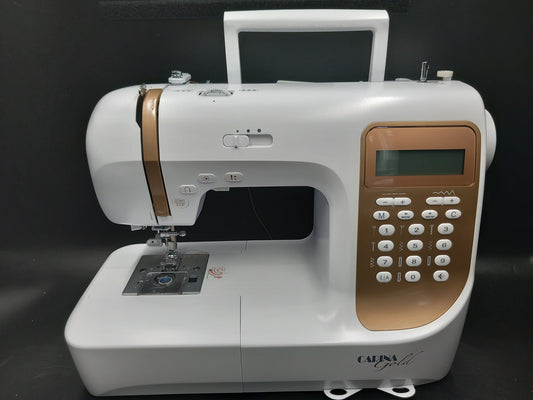 Sale
SaleCARINA GOLD
Regular price 1.000,00 złRegular priceUnit price per1.200,00 złSale price 1.000,00 złSale



